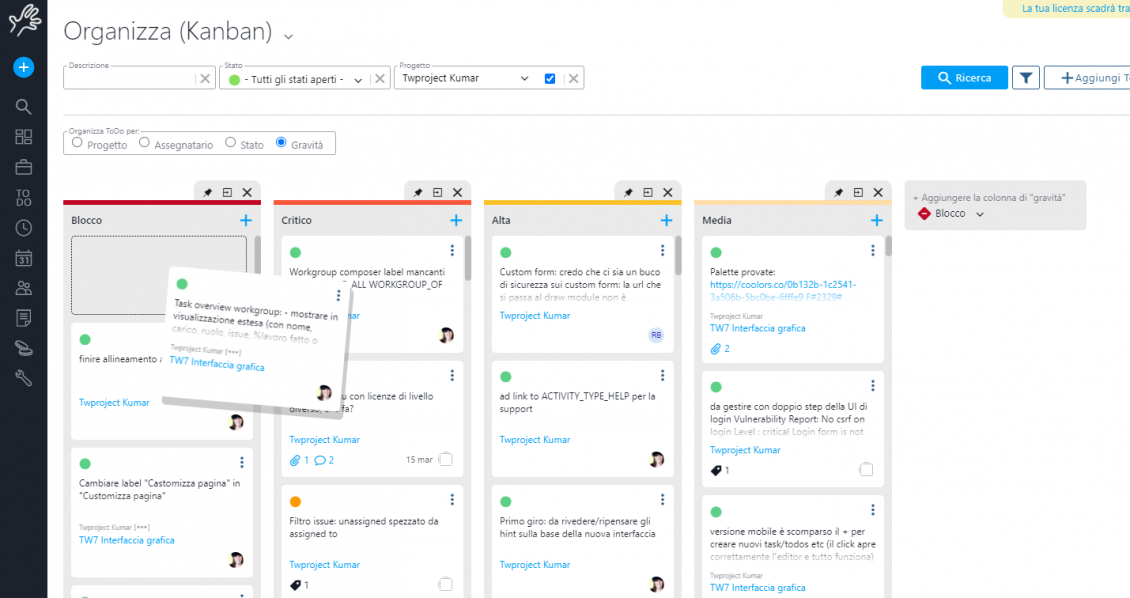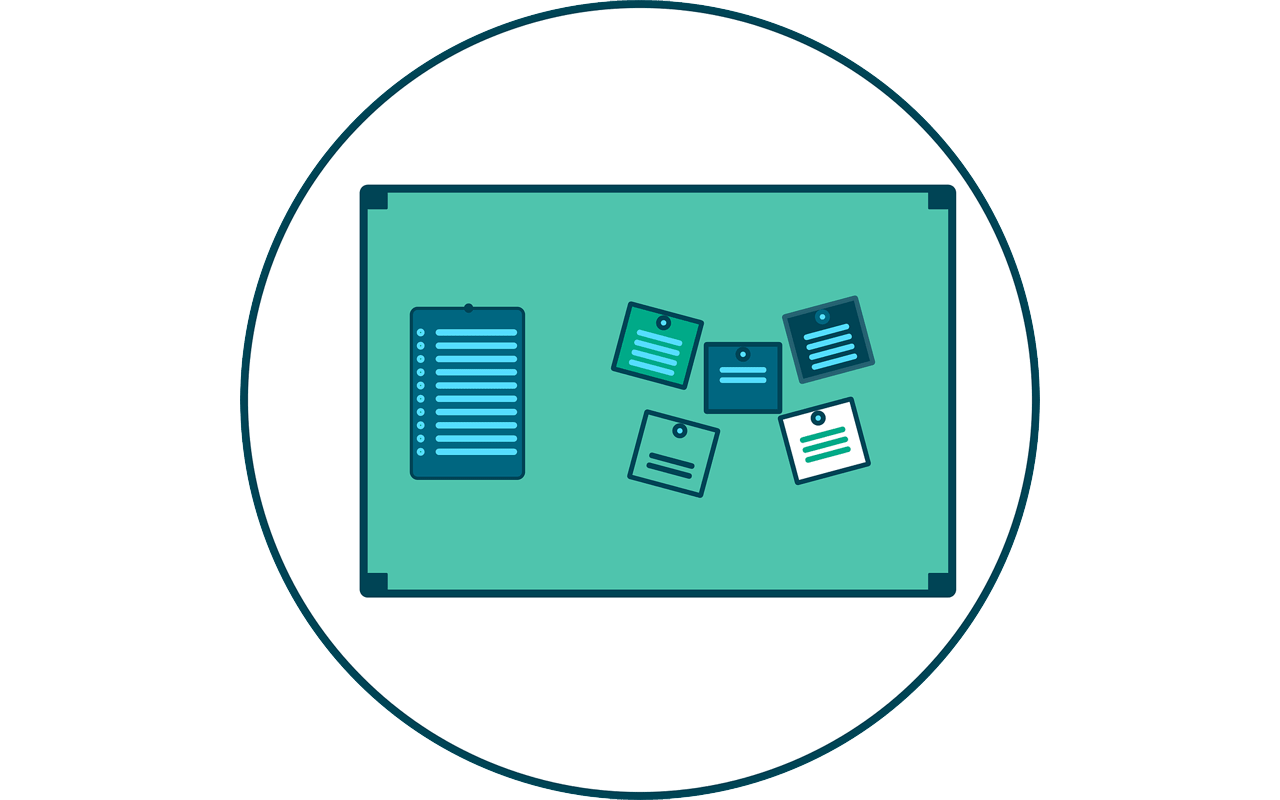A product backlog is a list of work priorities for the development team that is derived from the roadmap and requirements.
Included within this document are new features, changes to existing ones, bug fixes, infrastructure changes, or other activities to achieve a specific outcome.
The product backlog is the only authoritative source for the things a team works on; this means that nothing is done that is not covered in the product backlog.
CONTENT
Conversely, having an item in the backlog does not guarantee that it will be delivered. In fact, this only represents an option the team has to deliver a certain outcome, but not a commitment.
It’s worth keeping in mind that the project backlog is a dynamic one that constantly changes as work progresses with new ideas appearing and different elements moving up or down.
How to manage the product backlog?
Managing a product backlog comes with several responsibilities.
Since the product roadmap is updated frequently, it must be closely linked to the product backlog. Therefore, accordingly, the backlog must be redefined to reflect changes and new findings.
In addition, care should be taken to keep this important document organized and easy to reference.
As stated earlier, the product backlog is a dynamic document and any member of the development team can add items, but only the product owner – who is responsible for it – decides the order of priorities and work.
How to create a successful product backlog
Here are some practical tips for creating and maintaining a successful product backlog:
- Keep it organized and up-to-date: The product backlog must be a trusted source of information for the development team. It’s essential to keep it manageable, and a typical mistake is to make the document too exhaustive and packed with items. The product manager must decide what to do to maximize the result while minimizing the output.
- Don’t create multiple lists: It is easier for everyone if you just work from a single backlog list. This way the work will be more transparent and no information will be lost.
- Focus on individual element value: if something doesn’t bring value, it shouldn’t be part of your product backlog.
- Promote discussion and feedback: stakeholders and development team members may question priorities in the product backlog. In these cases, it’s important to talk to each other and collect feedback to understand whether the change is motivated or not.
- Reorganize continuously – also known as product backlog grooming or backlog refining: the product backlog is a living document and, as a result, it evolves, changes, grows and shrinks over time. Therefore, it needs to be continually reordered and reorganized.
How to structure the product backlog
The product backlog can include hundreds of tasks, and arranging those items by size and relevance is one of the product manager’s most important tasks.
Smaller tasks and work items are usually achieved by subdividing the larger work items.
The items that are included in the product backlog must fall under the INVEST method items:
- Independent: each element must be independent of one another and each must serve a different function.
- Negotiable: each element must be open for trading.
- Valuable: each element must bring value and benefits to the customer, team and stakeholders.
- Estimable: the team should be able to estimate how long the item will take to process.
- Sized appropriately
- Testable
The organization of activities in a product backlog should follow the DEEP method, which stands for:
- Detailed appropriately
- Estimated appropriately – in other words, to the best of the team’s ability. Clearly, when the business is brand new, it will be more difficult to give a fair estimate.
- Emergent: The product backlog evolves continuously. As new items are added, existing items are modified or refined.
- Prioritized: When deciding how to rank work items in the product backlog, the product manager uses the acronym DIVE which stands for:
- Dependencies: For example, if task A depends on task B, B should be ranked higher than A.
- Insure against risks: activities that help in minimizing risk have higher priority.
- Business value: the more valuable the activities are to the customer and the company, the higher priority they get.
- Estimated effort: How much time is expected to be required to perform the task?
The product backlog is therefore a strong tool for the product manager, as it serves as a transition from strategic thinking to practical day-to-day work.
Product Backlog is easier with a little help
Project management software like Twproject can make your life easier managing your product backlog. It is not just a matter of writing it, but also about organizing it by priority, measure it, schedule it sprint by sprint and assign it to the write person.
With Twproject, in the Kanban board, you can do all of them in a very handy way.

Remember, product backlog is a paper that promotes focus, transparency and collaboration.
Proper planning and organization is an essential part of success.
See here an example of how to manage a project with SCRUM in Twproject.
When properly created and managed, the product backlog becomes a tool that helps teams manage constant change, achieve maximum productivity, and deliver maximum value to both company and customer.





